Muswell Hill: The London spot whose views are 'unrivalled for beauty’, with 'a snapshot of the whole of London in front of you'
From Scottish kings to political protest, there’s more to Muswell Hill than its height, says Carla Passino.

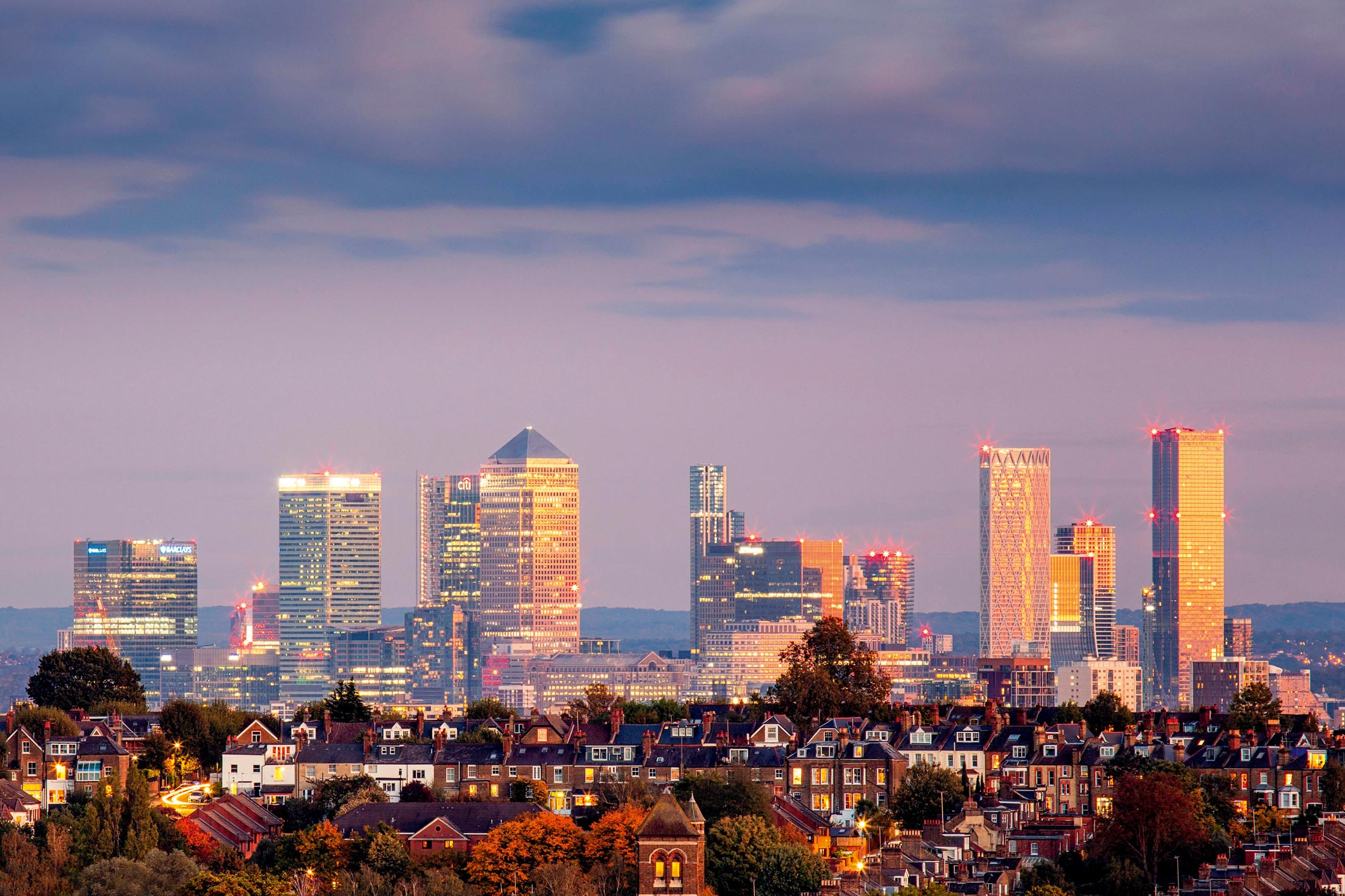
It was a Scottish king — Malcolm IV — who put Muswell Hill on the map. Legend has it that the sovereign, ‘being strangely diseased, was by some divine intelligence advised to take the water of a well in England called Muswell, which after long scrutination… was found and performed the cure,’ according to Elizabethan cartographer John Norden, who nonetheless expressed healthy scepticism at the story.
The miraculous well (which existed until 1898) and the chapel built near it quickly became beacons for penitent Londoners, who would journey to pray at the foot of Our Lady of Muswell. Once the Lady had worked her wonders, however, the pilgrims would gather in the far less saintly taverns that embroidered the chapel’s surroundings, for ‘no one objected to pleasure and merriment,’ wrote Walter Besant in his 1906 Mediaeval London, although ‘the merriment was not always seemly, nor was the pleasure always sinless’.
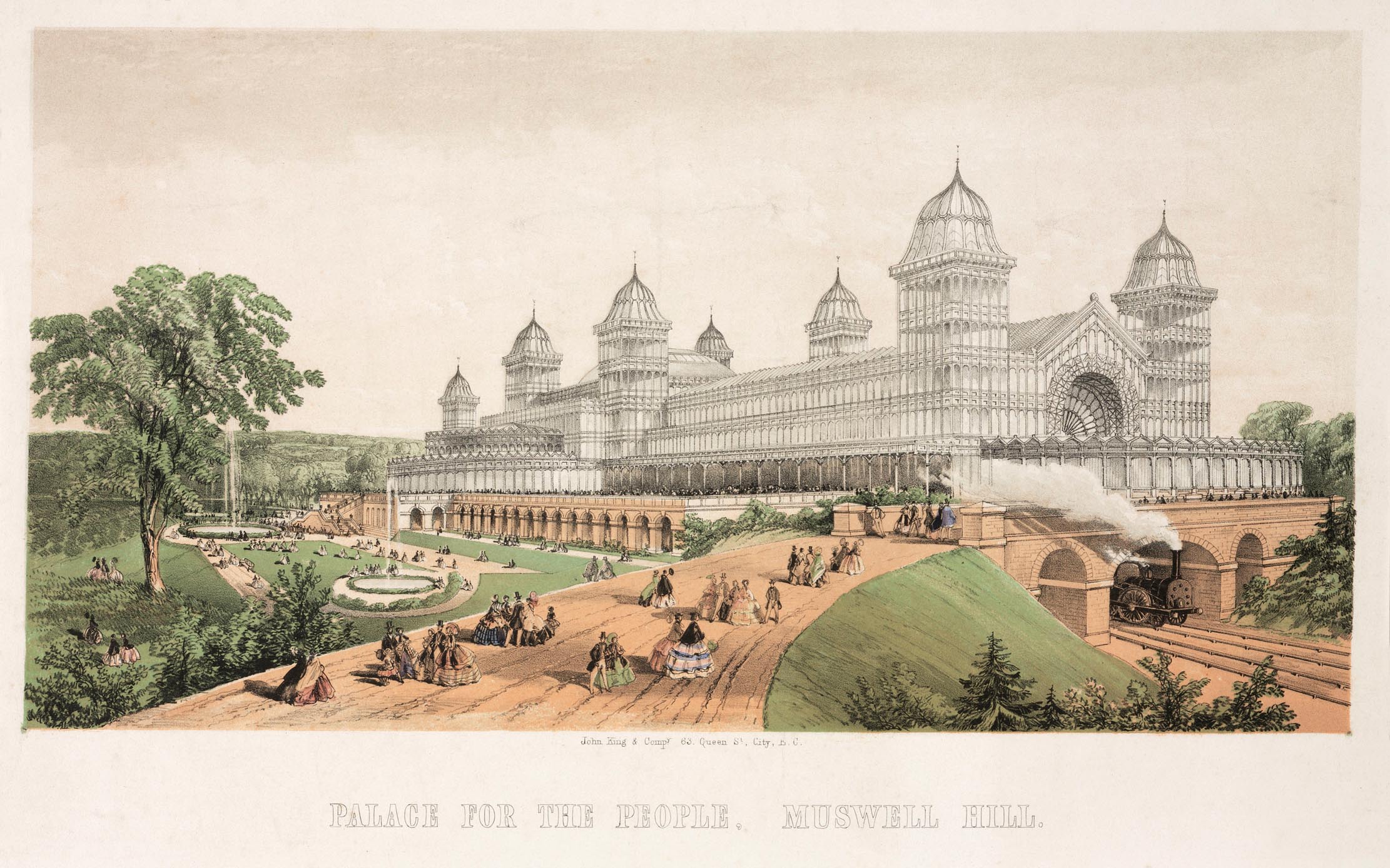
The Dissolution of Monasteries put a swift end to both the pilgrimages and the ensuing recreation, with the area passing from the Priory of Clerkenwell to private owners. Variously known as Muswell, Moswelia, but also Pinnersnall, the steep hill — a relic of the Ice Age — was ill suited to arable farming, but its clean air and fine views turned it into the perfect retreat for the Tudor and Stuart wealthy, not least Sir Julius Caesar, James I’s Chancellor of the Exchequer.
Not much changed during the following centuries, with Richard Loader, an octogenarian interviewed in 1908 by a local newspaper, the Muswell Hill Record, describing the Muswell Hill of his youth as ‘a pretty bit of country’, carpeted in fields and thick with trees. This rural idyll continued to draw affluent Londoners, including businessman Frederick Lehmann and his wife, Nina, whose social circle ranged from Charles Dickens to George Eliot and Sir Edwin Landseer, some of whom they entertained at their ivy-encrusted Muswell Hill home, Woodlands.
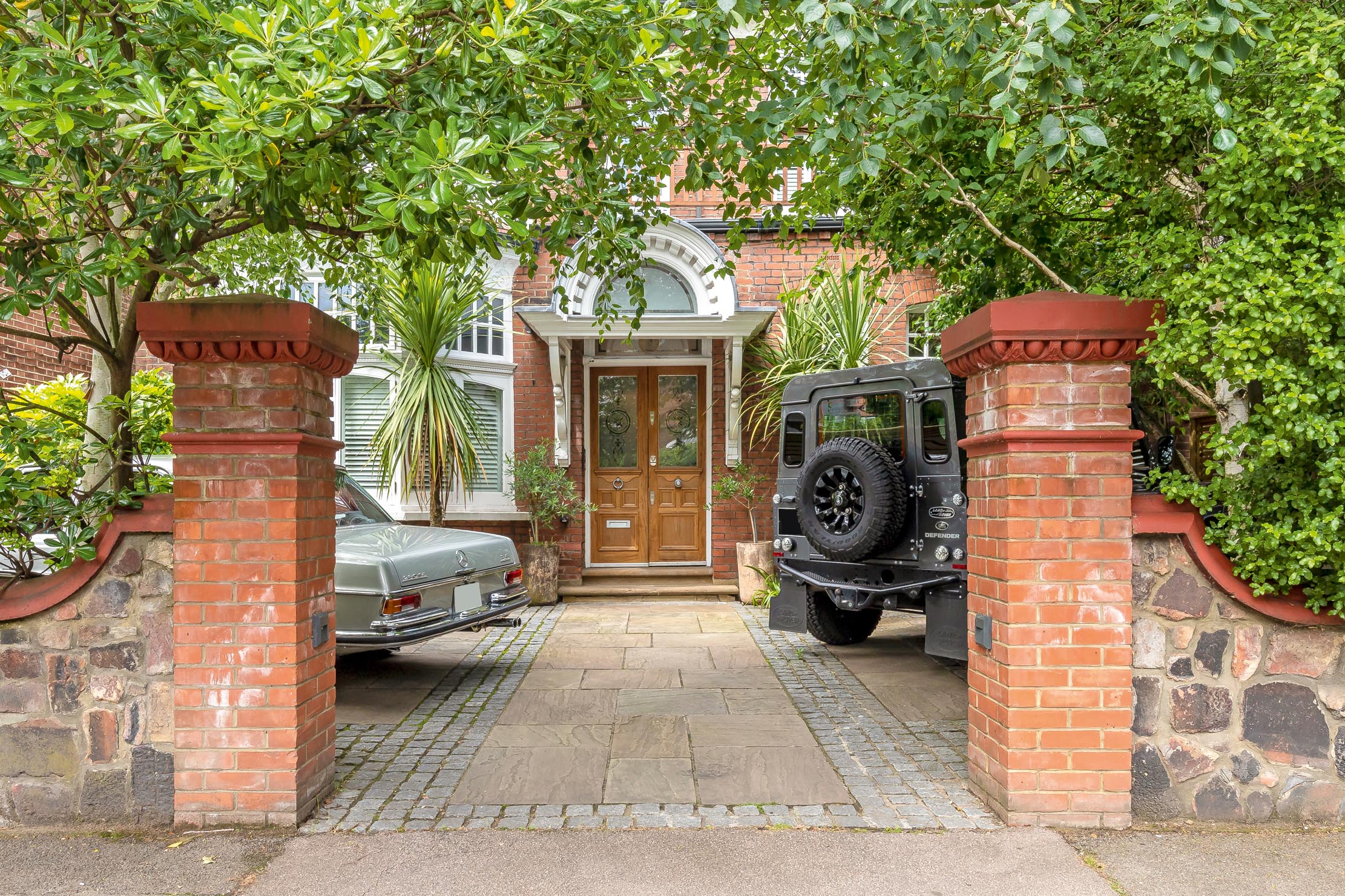
Shortly after the Lehmanns set up home at Woodlands, the heady success of Sydenham’s Crystal Palace brought to Muswell Hill a new place of entertainment whose pull on Londoners would echo that of the medieval shrine and taverns: the Alexandra Park and Palace.
‘The idea was to build a palace for the people, where Londoners could come and enjoy the park, but also take part in leisure activities and entertainment,’ says spokesman Joe Coggins. ‘It was opened in 1873 to much fanfare, but 16 days later it completely burned down. It was not the most auspicious start, but it is testament to those that wanted it to be a success that they immediately began rebuilding it and it re-opened in 1875.’
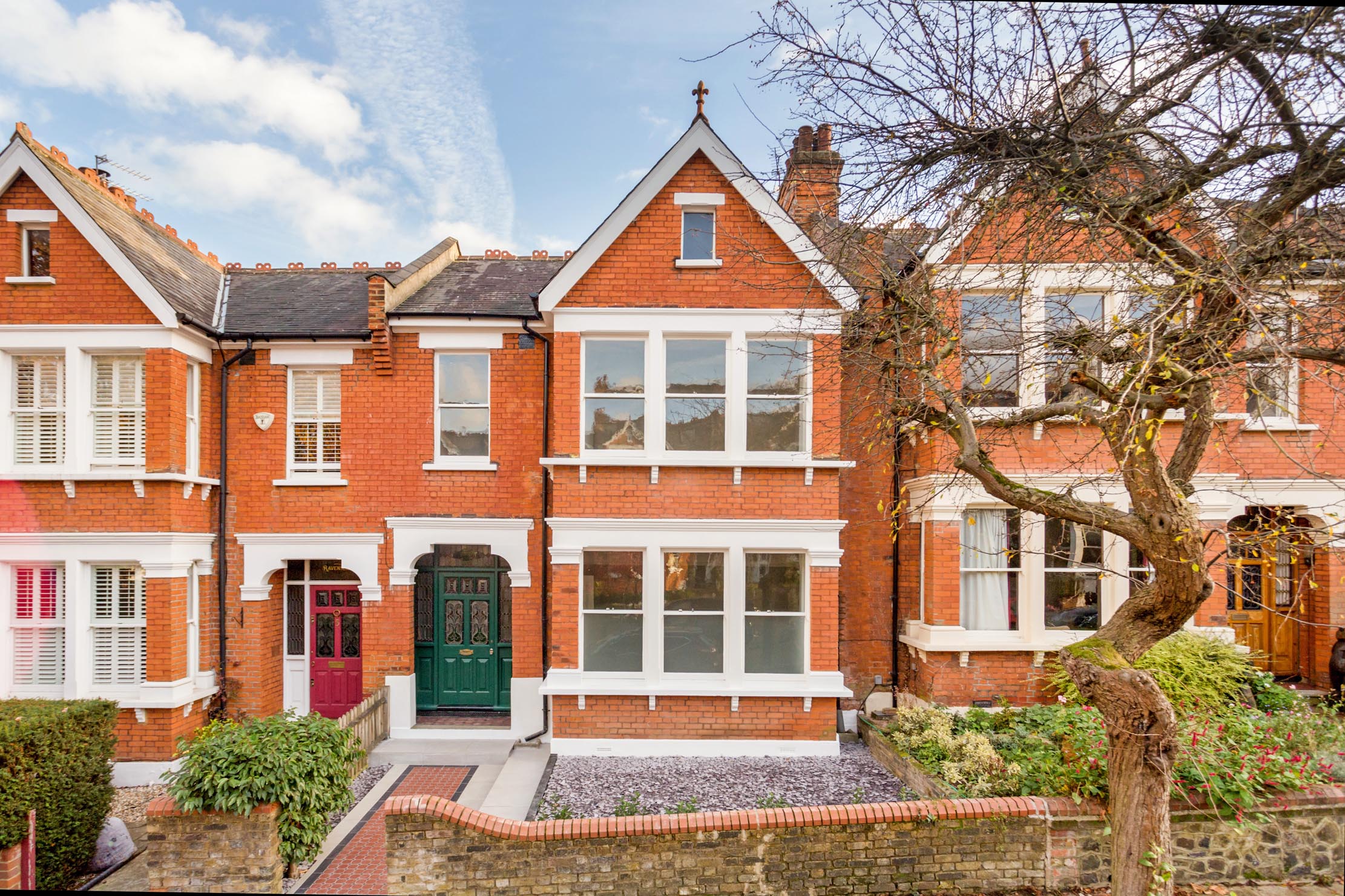
Alexandra Palace, known as Ally Pally, put on an array of music, magical entertainment, plays, festivals and horse races — in 1880, there was even a Venetian evening in which a choir performed as Singing Gondolas. The 20th century saw a Nelson Ball, complete with replica of the Trafalgar Square column (in 1905); a former palace waitress parachuting over the building from 4,500ft above (in 1906); the first public television broadcast (in 1936); and performances by Ozzy Osbourne and Queen (in the 1970s).
Exquisite houses, the beauty of Nature, and how to get the most from your life, straight to your inbox.
This eclectic approach to events continues today. ‘For me, a particular draw is that, as you walk from one end of the palace to the other, you make your way through a whole mix of things,’ says Mr Coggins, mentioning Shakespeare plays, ice skating and even darts championships (one of the forthcoming highlights is a major production of Persuasion in April).
Perhaps even more enticing than the packed calendar, however, is the view from the top of the hill, which Edward Walford described as ‘unrivalled for beauty’ in his Old and New London, published only a few years after the Ally Pally had opened. The skyline has completely changed since then, but its breathtaking quality remains intact. Mr Coggins says: ‘You can see the intricacies of the city, St Paul’s Cathedral and the Olympic Park, Muswell Hill and Highgate, and the landmarks along the river, as well as the Shard. You have a snapshot of the whole of London in front of you.’
With the Ally Pally came trains, tramways and roads (although the Tube promised in 1919 by William Kennedy Jones MP never arrived). Some of the railway tracks have since been turned into the leafy Parkland Walk linking Muswell Hill to Finsbury Park — London’s longest local nature reserve at 4½ miles.
On the way south from the palace, swathes of spring daffodils give way to skyscraper-studded views across London (most notably from the leggy, 17-arch St James’s Lane viaduct) and the expanse of Cranley Gardens, thick with hornbeams. Now a triumph of Nature, the original railway line was a marvel of engineering when it opened between 1867 and 1873. It managed to take the steep slopes of London’s Northern Heights in its stride and suddenly Muswell Hill became much closer to the ever-expanding capital.
The beady eyes of enterprising late-Victorian and Edwardian developers immediately spotted the opportunity: down went the villas of the previous centuries and up went rows of pretty red-brick terrace houses, although the men who built the new suburb — particularly James Edmondson — showed remarkable foresight in preserving the old trees that made Muswell Hill so attractive.

Another development — of the political kind — also took the hill by storm: the campaign to give women the right to vote. A 1908 piece by the Muswell Hill Record reports an ‘uproarious meeting’ during which a group of young men ‘armed with bells, bicycle horns, squeakers and many other speech-arresting contrivances’ tried to sabotage a talk held by Christabel Pankhurst and Mollie, Countess Russell. Although confronted with a ‘scene of the wildest disorder’, the two suffragettes were undeterred and their poise ‘won the sympathy of the great bulk of the audience — not a few who had come to scoff remaining to praise’.
Decades later, Muswell Hill would once again become the backdrop for political activism — this time against apartheid — when African National Congress (ANC) leader Oliver Reginald Tambo (pictured page 20) and his family moved to the area. They lived there for almost three decades, although Tambo himself commuted between the UK and the ANC’s headquarters in Lusaka, Zambia.

From the turreted Edwardian house at the corner between Windermere Road and Alexandra Park Road, his wife, Adelaide, and, when home, Tambo himself, campaigned for ‘one man, one vote’, until eventually President Frederik Willem de Klerk removed the ban on the ANC in 1990 and the family returned to its home country.
Now, a statue of Tambo watches over the ancient trees and playing fields of the Recreation Ground that also bears his name, turning the once rural backwater of Muswell Hill into a symbol for the global fight against discrimination.
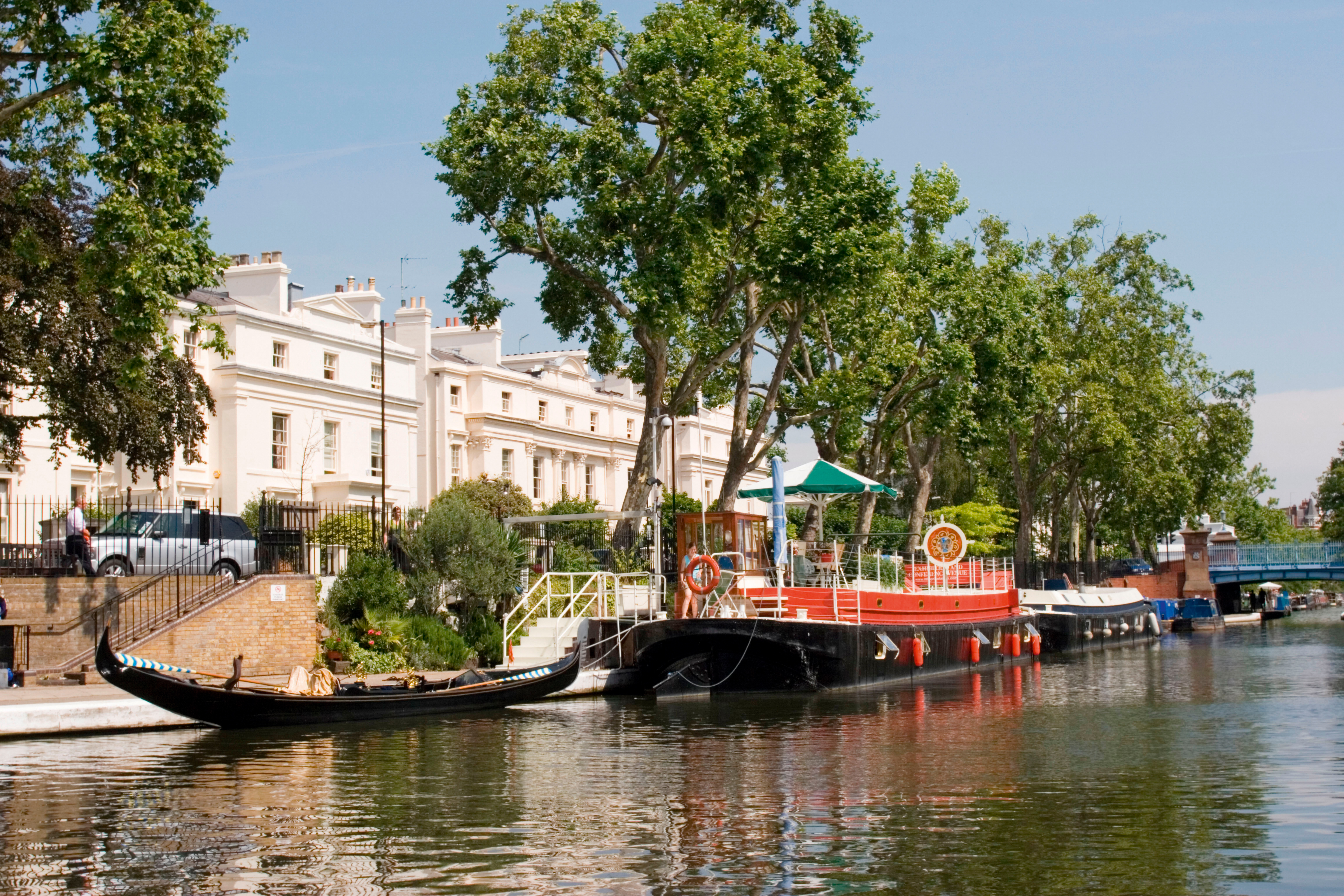
The rise of London's St John's Wood: From rural backwater to music mecca
Carla Passino traces the history of the north London suburb and looks at the people that put it on the
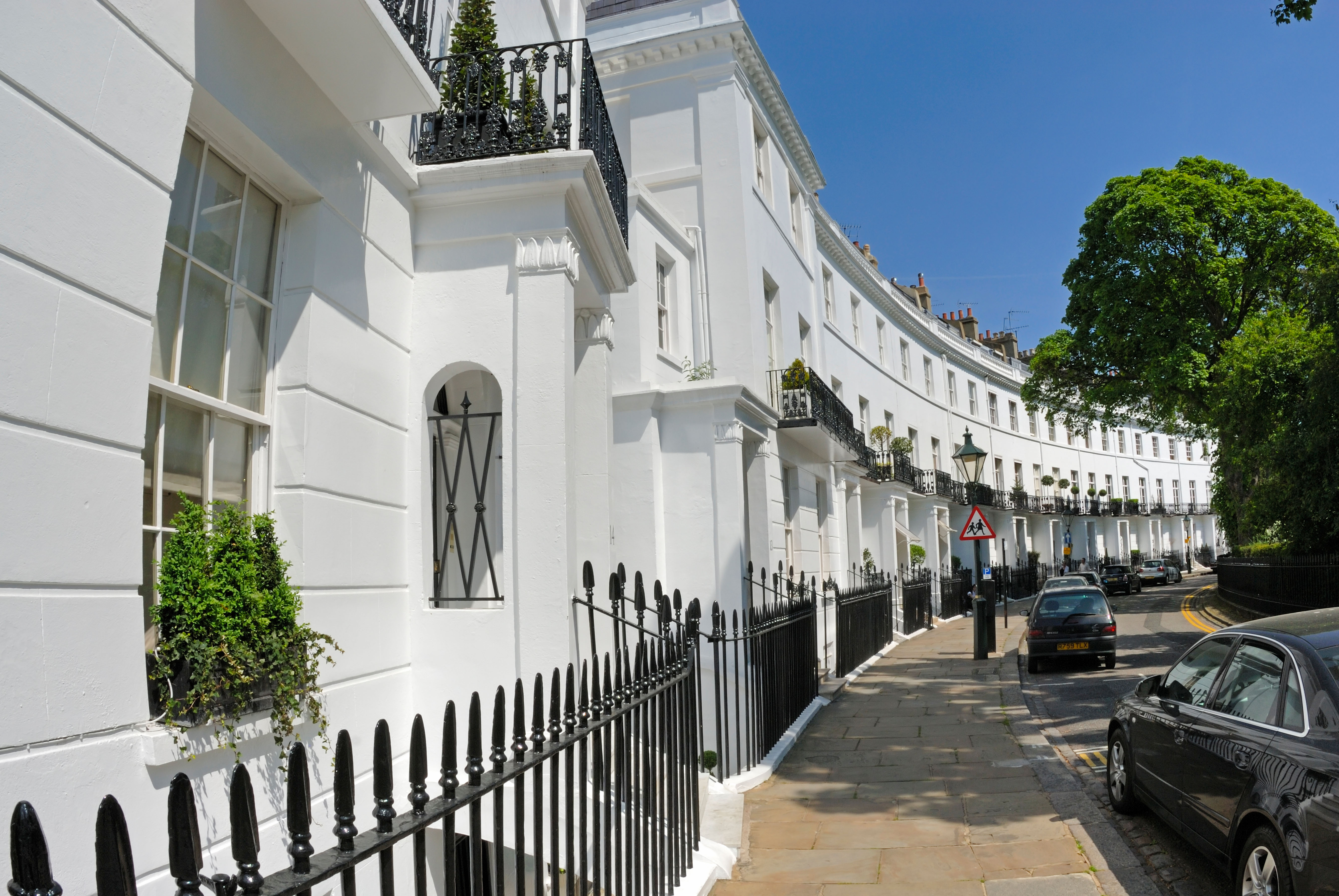
Credit: Alamy Stock Photo
South Kensington: How the zeal of Prince Albert and the Victorians transformed one of London's greatest areas
On the 160th anniversary of Prince Albert’s death, Carla Passino takes a look back at the area of London he

Shoreditch life: How a little-loved corner of London became a hotbed of art, culture and £5m loft apartments
Shoreditch's incredible transformation over the last two or three decades has turned a little-loved part of London into a world-famous

The best places to live in London, whether you want culture, shopping, bright lights, food... or a slice of relaxing country life within the M25
A side effect of the pandemic has been a rise in interest for country living, but with theatres, exhibition venues
Carla must be the only Italian that finds the English weather more congenial than her native country’s sunshine. An antique herself, she became Country Life’s Arts & Antiques editor in 2023 having previously covered, as a freelance journalist, heritage, conservation, history and property stories, for which she won a couple of awards. Her musical taste has never evolved past Puccini and she spends most of her time immersed in any century before the 20th.

